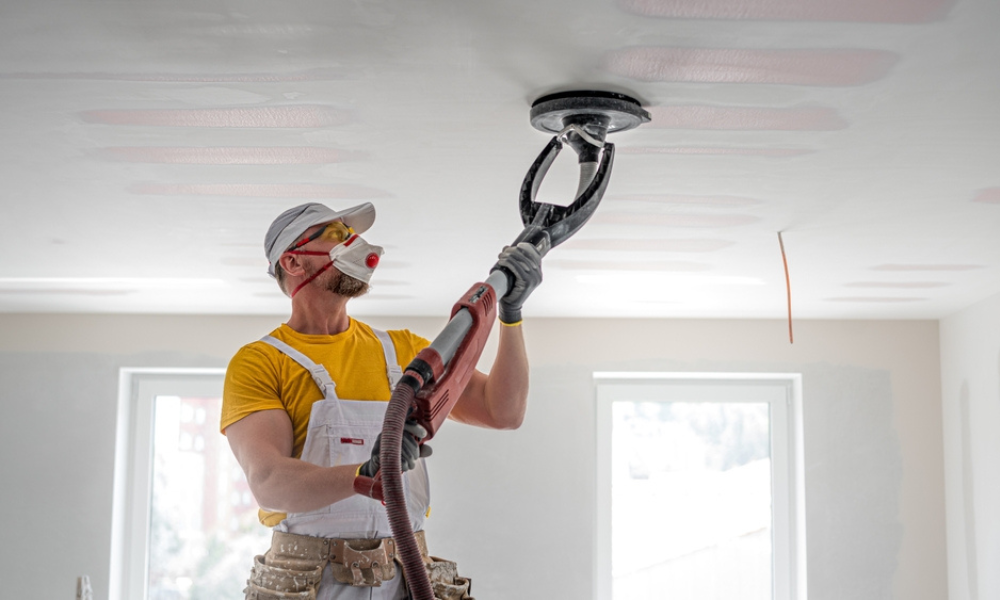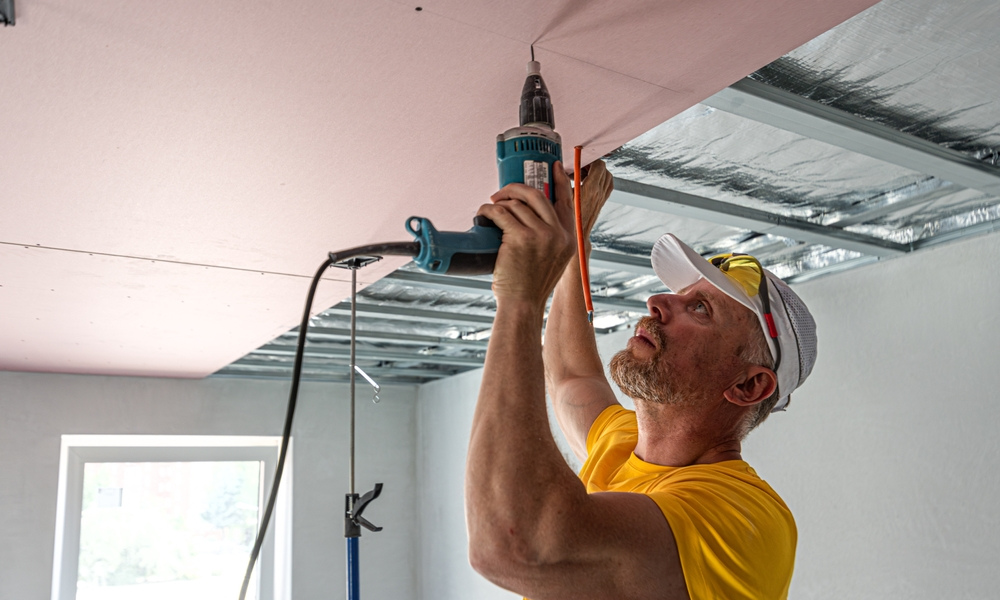Your home is your sanctuary, but it can also face unexpected challenges like fires. That’s why I believe in taking proactive steps to enhance safety, and one of the most effective measures is installing fire-rated wall materials. It’s not just about protection; it’s about peace of mind, knowing you’ve done everything to keep your loved ones safe.
Here’s a quick guide to what you’ll learn:
What makes fire-rated wall panels unique and effective.
Why upgrading to this material is worth it for every homeowner.
Key areas of your home to prioritize.
Surprising benefits beyond fire protection.
Tips for installation and maintenance.
What Are Fire-Resistant Walls Made Of?
Let’s start with the basics. Fire-resistant drywall looks like your standard wallboard but performs in a whole different league when the heat is on—literally. The secret is gypsum, a mineral with natural heat-resistant properties. Manufacturers add reinforcements like glass fibers to create panels that can withstand flames much longer than regular wallboards.
There are also variations, like Type X and Type C, that offer different levels of resistance. Type X is the go-to for general use, while Type C provides extra protection for critical areas like ceilings.
How Fire-Resistant Materials Work in an Emergency
You’re probably wondering, “What makes these walls better at handling fire?” It’s all in the science. When exposed to heat, the gypsum core releases water vapor, which helps slow the spread of flames. This feature can buy you crucial time during an emergency, allowing you and your family to evacuate safely.
Here’s how these materials excel:
Slows Fire Spread: Unlike traditional panels, fire-rated ones resist combustion for extended periods, giving firefighters more time to respond.
Acts as a Barrier: Installing these materials in strategic spots creates zones that isolate a fire, reducing overall damage.
Supports Structural Integrity: The dense composition holds up better against heat, preventing walls from collapsing prematurely.
Why You Should Invest in Fire-Resistant Walls

Installing fire-rated drywall is about more than just meeting building codes—it’s about protecting what matters most. Here’s why I recommend it for every home:
1. Enhanced Safety for Your Family
The most compelling reason? It keeps your loved ones safer during emergencies by slowing the spread of fire and smoke.
2. Lower Insurance Costs
Many insurance providers offer discounts for homes with fire-resistant upgrades, saving you money in the long run.
3. Durability That Lasts
These materials aren’t just tough on flames—they’re also tough on wear and tear, making them a durable choice for high-traffic areas.
Where to Use Fire-Rated Materials
While you don’t need to overhaul every wall in your home, there are key areas where fire-resistant panels make the most sense:
1. Garages
Garages often house flammable items like fuel and chemicals. Adding a fire-rated barrier can prevent flames from spreading to your living spaces.
2. Kitchens
Cooking mishaps are a leading cause of household fires. Adding extra protection in the kitchen is a no-brainer.
3. Utility Rooms
Appliances like water heaters and furnaces can pose fire risks. Reinforcing these areas helps contain potential hazards.
4. Bedrooms
Installing fire-rated panels in bedrooms creates safer escape routes, providing an additional layer of security.
Beyond Fire Protection: Additional Benefits

Surprisingly, these materials offer more than just fire safety. Here are a few perks you might not expect:
Noise Reduction: Thanks to their dense composition, fire-rated panels also act as soundproofing barriers. If noise is an issue in your home, this can be a double win. For more soundproofing tips, check out Acoustic Ceilings: Enhance Soundproofing in Your Space.
Mold Resistance: Many types of fire-resistant drywall are treated to resist moisture, helping to prevent mold and mildew in damp areas like basements.
Eco-Friendly Options: Some products are made with recycled materials, making them a sustainable choice for environmentally conscious homeowners.
Installing Fire-Rated Panels: DIY or Call the Pros?
Let’s be real—installing fire-resistant materials isn’t the easiest DIY project. The panels are heavier and require precise installation to achieve their full effectiveness. While it’s tempting to save money by going the DIY route, hiring professionals often ensures the job gets done right.
Need more convincing? Check out Benefits of Hiring Experts for Drywall Installation to see why it’s worth bringing in the pros.
Maintenance and Longevity Tips
Even the best materials need some TLC to stay effective. Here’s how to maintain your fire-rated drywall:
- Inspect Regularly: Check for cracks, dents, or water damage that could compromise its performance.
- Seal Gaps: Ensure all seams and joints are properly sealed to maintain the wall’s fire-resistant properties.
- Upgrade When Necessary: If your home’s panels are outdated, consider upgrading to newer, more effective options.
Debunking Myths About Fire-Rated Drywall
Before wrapping up, let me tackle a few misconceptions:
“It’s Too Expensive”: Yes, the upfront cost is higher, but consider the potential savings on insurance and repairs—not to mention the priceless value of safety.
“It’s Only for Commercial Buildings”: Residential homes benefit just as much, if not more, from fire-rated materials.
“It Looks Different”: Modern fire-resistant panels are virtually indistinguishable from standard ones, so aesthetics aren’t an issue.
Final Thoughts
Adding fire-resistant drywall to your home isn’t just about meeting codes or following trends. It’s about safeguarding your family, your belongings, and your peace of mind. Whether you’re starting with key areas or planning a full-home upgrade, the benefits far outweigh the costs.
For even more safety tips, take a look at Why Regular Ceiling Inspections Can Save You Money. Small steps like these can have a big impact down the line.
Have questions or need guidance? Reach out—I’m always happy to help fellow homeowners make informed decisions!




